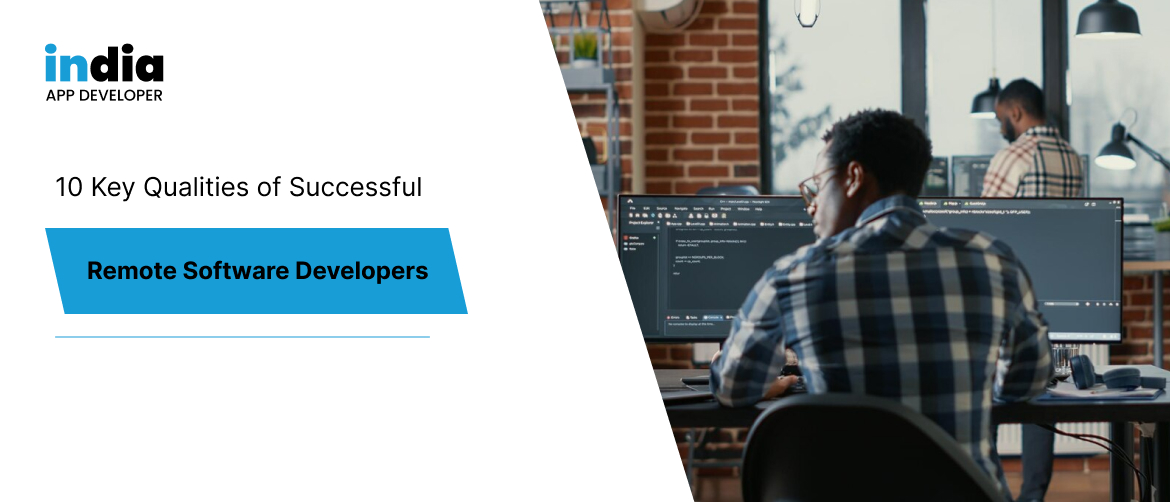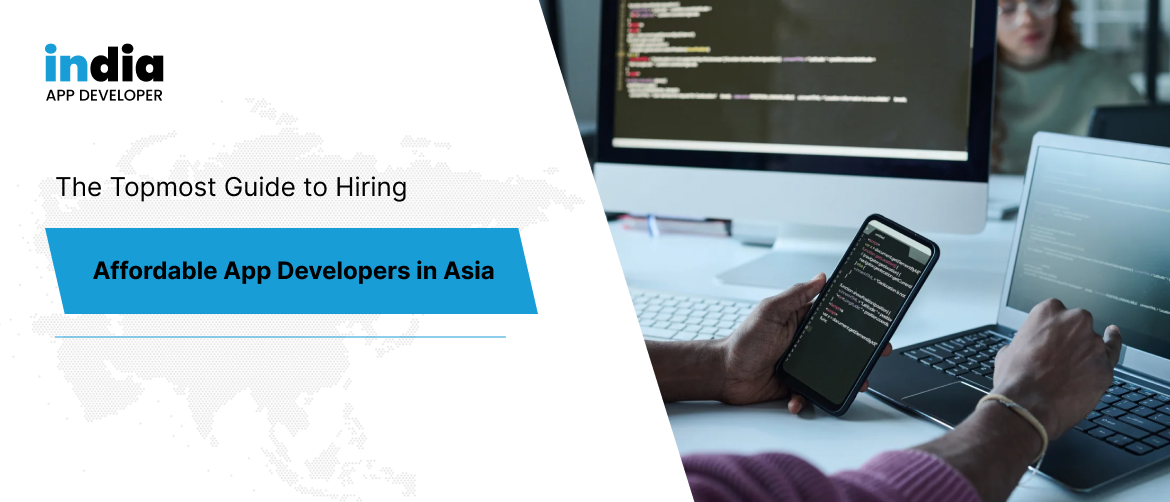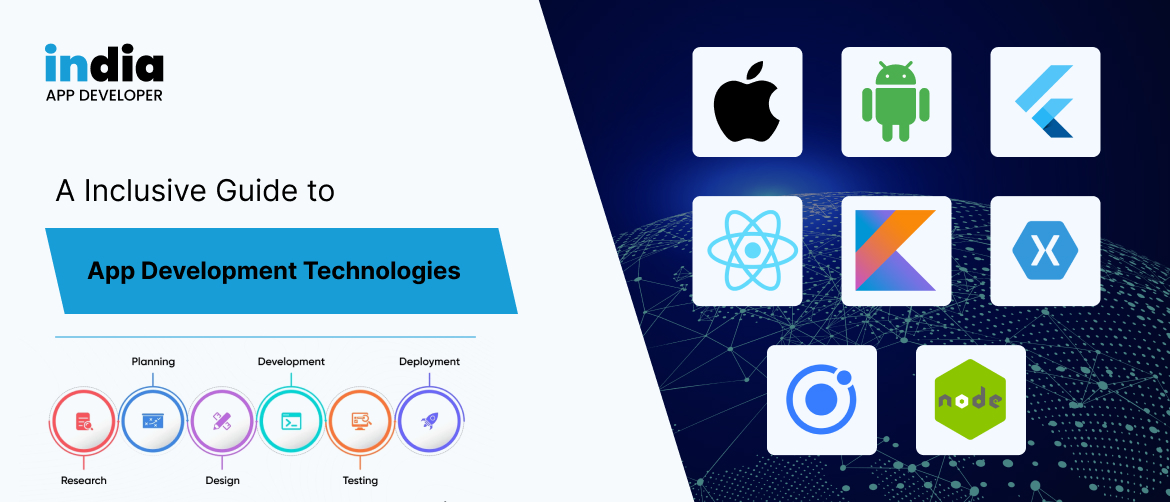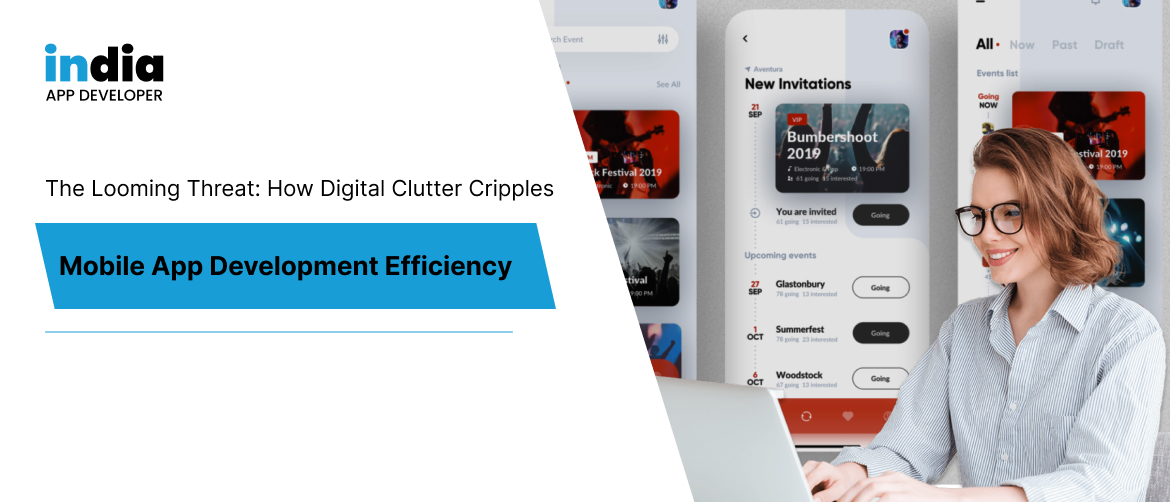Streaming App:
People have been increasingly involved in internet activities in recent years. Professional broadcasting is increasingly being done through mobile devices, allowing customers to access video material across many platforms.
The market for live video streaming apps is projected to exceed $70 billion by the end of 2021. Everyone wants a piece of this profitable and rapidly growing business.
2.72 billion people are expected to utilize mobile devices to view on-demand or live videos by 2023. The number of users increased by 6% year on year, from 2.16 billion in 2019 to 2.16 billion in 2020. These figures are just a subset of a much larger picture.
However, creating a live video streaming service is not as simple as it seems. Learning how to create a live streaming application requires a significant amount of time and work. Let us take a step further and investigate the idea of these applications as well as the consequences of their availability.
What is the functionality of a Live Video Streaming App?
Live video streaming apps are basic programs that enable users to record and broadcast videos at the same time. As a consequence of high-speed internet connections and improved camera technology, the number of these applications is increasing. Sports broadcasters, television stations, news networks, and other media entities may get access to a large archive of live events and material to distribute by creating a live video streaming application.
Influencer marketing, corporate marketing, entertainment, and people’s online connections all profit from such applications. The following are some of the most popular live video streaming applications available today:
- Periscope
- Twitch
- Kuaishou
- Bilibili
- Take, for example, Douyu
Facebook Live is a popular site for live-streaming gaming sessions, and Twitch is another. As a result, there are many video streaming applications accessible for a number of purposes.

Apps for Streaming Live Video:
You must first determine what kind of app you want to develop before learning how to create a live streaming app. The following are three popular live video streaming apps:
#1: Application for Live Broadcasting
Without a doubt, these are the most popular live-streaming applications. Furthermore, these applications allow users to broadcast live video and audio to other users that are connected to the stream. The applications can help you find a lot of internet influencers. YouTube Live, Twitch, Periscope, and Livestream are a handful of the most popular live video streaming applications.
#2: A Streaming Live TV Application
This kind of live streaming software may be used by the user to watch television online. This allows users to watch television-specific material without switching platforms. The most significant advantages of utilizing this kind of live streaming software are the smooth experience and service.
#3: Video-on-Demand Streaming (VOD)
VOD applications allow users to schedule and view their favorite programs anytime they want. Netflix, Amazon Prime Video, and Hulu are just a few examples.
What Is the Importance of Mobile Streaming?
Before we get into how to create a live streaming application, let’s look at some mobile streaming statistics to get a sense of what live streaming is and how important it is.
Over half of all films seen on the internet are accessible through mobile phones or other smart devices, a trend that is expected to continue in the coming years.
Video will account for three-quarters of all mobile traffic by 2023. Sporting fans like viewing games on their cellphones and other mobile devices. More than one-third of sports fans watch games on tablets or cellphones.
How does one go about creating a live-streaming application?
There are many approaches to developing applications for live video streaming. While developers are resourceful, technology ultimately triumphs. You must first grasp the fundamental technological components of the broadcasting game before developing an app for live streaming with an internet host.
Step 1: Determine your area of expertise and target audience:
Don’t build an application only on assumptions. Instead, you must determine the consumers’ real requirements, as well as their attitudes and expectations. To identify potential issues early on, adequately prepare and engage consumers in conversations or interviews.
Consider sports and news, video games and cartoons, personal items, academic material, live tours, meetings, and conferences. Early comments may help you fine-tune your vision. You will also have the chance to secure the first group of dedicated beta testers.
Step 2: Choose Monetization Methods:
The ultimate goal of a live stream video app is to monetize it and generate money. The three most common methods for monetizing streaming apps are as follows:
Users are charged when they download a premium app.
Premium applications with a free version that has restricted functionality. Other premium features are only accessible once you make payment.
Advertisements that appear on an app in return for a charge
Step 3: Conduct an App Requirements Analysis:
You’d want to make sure that specific streaming performance criteria are met.
The ability of the platform to download on-demand content is influenced by the internet connection. Streaming standard-definition movies require a minimum bandwidth of 2 Mbps. Consider using YouTube streaming services if your internet connection is faster than 2Mbps.
Because they offer fast access to video material, cloud computing architecture and cloud hosting are ideal for storing it. As a result, consider a platform that is scalable from the start. This would eventually eliminate the necessity for complicated data transfers.
While video streaming services may ultimately grow in popularity, they may not do so quickly. Connect this service to a content delivery network. A live-streaming application is a scalable technique for managing huge amounts of internet traffic through the CDN.
Step 4: Select a Reliable Platform:
You must choose a platform that can host, transmit, and save the live video. At all times, choose a dependable service provider.
Make no sacrifices on quality in order to save money. Paying a little extra may result in better performance and more traffic. Users despise low-resolution movies and sluggish streaming.
Step 5: Design a user interface/user experience:
You must develop a great UI/UX for the live video streaming app in addition to selecting a suitable live video streaming solution.
In this equation, technology is essential. In this cutthroat market, your app should have an exceptional design and an unrivaled user experience. As a result, you should invest in user interface/user experience design. Rather than from a crowded interface, go for a simple one.
Step 6: Develop and test a Minimum Viable Product:
While your mind is spinning with hundreds of app development ideas, testing using a Minimum Viable Product (MVP) is more productive. MVP is a streamlined version of the original software that has all the required features and capabilities. It’s a basic application that may assist you in rapidly gathering client feedback.
App and Technology Stack for Live Video Streaming:
You must choose programming languages, message queues, databases, and development components, just as you would with any other application. Concentrate your attention on the three areas listed below:
1) Video Streaming Protocol:
RTMP and WebRTC are the two video streaming protocols. WebRTC prioritizes real-time communication over the RTMP protocol, which allows for high-definition streaming.
RTMP is the best method to stream live concerts, conferences, and meetings. WebRTC is the technology that allows the operation of video conferencing services such as Zoom, Google Hangouts, and BeLive.
The main benefit of RTMP is that it allows for the transmission of high-quality audio and video. When the capture screen and the viewer’s screen are 10 to 20 seconds apart, it is inefficient for long-term processing. When bandwidth is limited, WebRTC provides greater speed at the cost of transmission quality.
2) Streaming Platform:
When streaming video material, it is essential to choose the right streaming platform. Amazon Web Services, or AWS, is the best option. It includes all of the technology needed for online streaming, as well as a host application that distributes the video to viewers.
3) Content Delivery Network (CDN):
Customers must use a CDN to guarantee the quality and availability of live streaming. Amazon Web Providers’ CloudFront is a great alternative to streaming services like Netflix. Another alternative for real-time WebRTC streaming and video rooms is Amazon Chime.
MVP’s Live Video Streaming Capabilities:
These characteristics are required for creating a dynamic MVP for live streaming:
User Registration:
A basic method of enrolling users that allows you to create an account with valid credentials.
Subscription:
Allows users to broadcast live broadcasts to channel subscribers and record them.
Search bar:
The search box allows users to discover material based on its popularity, subject, channel, trending, interests, or location.
Profile Creation:
It displays personal information as well as profile photos for users.
Downloads options:
The user gallery is where you may organize and save your recorded movies.
Ratings and comments:
Live video streaming applications rely on social interaction. As a result, you must add a rating/commenting system that enables people to rank and comment.
Conclusion:
Once you’ve decided on a concept, you can begin the process of creating a live video streaming program. Given the technical difficulties involved in creating these applications, It will be a smart move to select app developers India for creating such a live-streaming app. They are expert developers of on-demand applications.
For building your idea into reality get in touch with India app developer today and get a free consultation.
 +1 647 637 9108
+1 647 637 9108 +1 917 477 8991
+1 917 477 8991 +61 3 9013 3988
+61 3 9013 3988 +91 93281 27044
+91 93281 27044

























